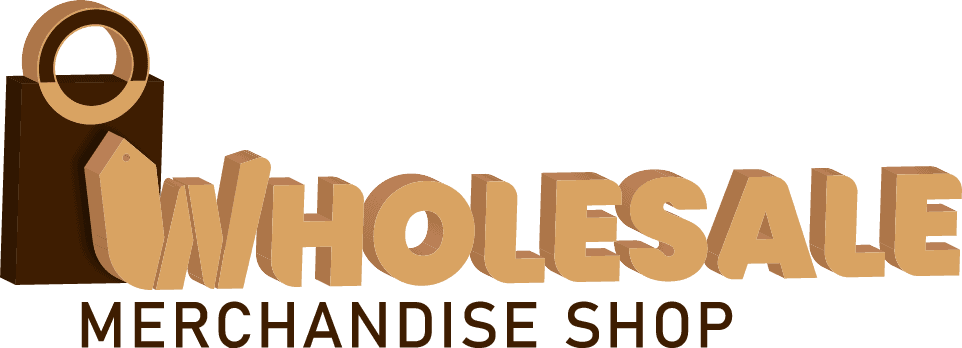
Kosher Sea Salt VS table Salt
A large number of people I work with have no idea what kosher sea salt or kosher table salt actually is. When I ask them how they prefer table salt, sea salt or kosher salt, they tell me that “Kosher salt” or “Kosher sea salt” or ” kosher table salt” are things that they don’t want to be called, but need when they buy kosher products. This has become a problem in the kosher food market, as most kosher food products these days come in boxes, bags, T-shirts, salt licks and salt blocks with various kosher symbols on them. And even when those same kosher products come in plain packaging, kosher table salt and kosher sea salt still need their unique kosher names. In this article: kosher sea salt, kosher table salt, kosher sea salt and kosher table salt – what do they mean? What’s the story behind kosher sea salt and kosher table salt?
There are several different types of kosher salt and sea salt available on the market today. Most kosher salt comes from kosher or Israelites kosher dairy and kosher sheep that are raised according to the Jewish Orthodox law. kosher sea salt comes from kosher salt beds that are milled in a kosher factory. Most kosher sea salt and kosher table salt is kosher unless it has an kosher symbol painted on the surface, and is clearly marked on the package with the words ” Kosher “.
Caster, Dried, Rock Salt and Smoked sea salt all fall under this type of salt. The most commonly used kosher salt in the USA is the coarse grains sea salt, and coarse grains kosher salt can be used for baking too, although it’s recommended not to use it on hot surfaces. Coarse grains kosher salt has a slightly higher concentration of sodium than most other kosher salts, and it’s also harder to come by. If you have difficulty finding coarse grains kosher salt, consider purchasing a natural kosher salt instead.
Kintze salt, kosher salt and kosher sea salt all fall under the coarse-grained salt category. This type of salt is softer than the coarse grains, and is very absorbent. Natural kosher salt is made from dehydrated clay that is filtered and then re-saltmed using pure water, and not salt. Kintze salt is one of the more expensive varieties of kosher salt, however it is highly recommended for use on all kinds of foods and is highly recommended for use on food and wine.
Table salt, as its name suggests, is used in the cooking process and as a table salt. Some chefs prefer kosher table salt because it allows the flavors in their food to stand out more. Others prefer a less salty form of table salt, because there are many table salts on the market today that contain additives and preservatives. Salt is important to many cuisines, and its use varies according to country, culture and region. Each cuisine has its own unique style of adding flavor to sea food, so it is best to experiment to see what your favorite taste is.
In the United States table salt is regulated by the Consumer Product Safety Commission, which sets standards for both sodium chloride. The US government limits the amount of sodium that may be added to any food and requires food manufacturers to add a harmless substance, known as sodium chloride, to counteract the effects of adding too much salt. The amount of kosher salt that may be added to any one recipe is based on the kosher symbol on the recipe card. Many kosher salt shakers will also tell you that table salt cannot be substituted for kosher sea salt. However, kosher sea salt and table salt can be purchased at your local kosher market or online.
